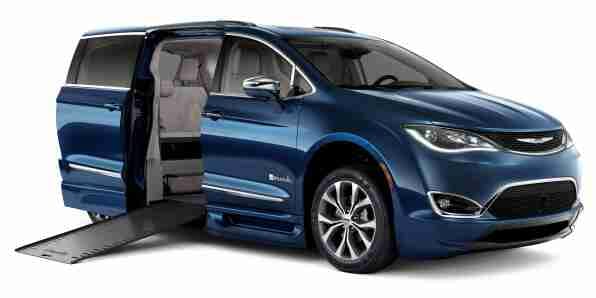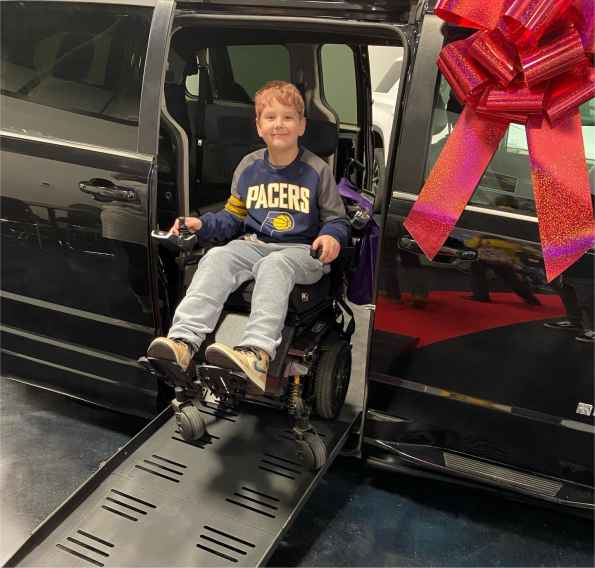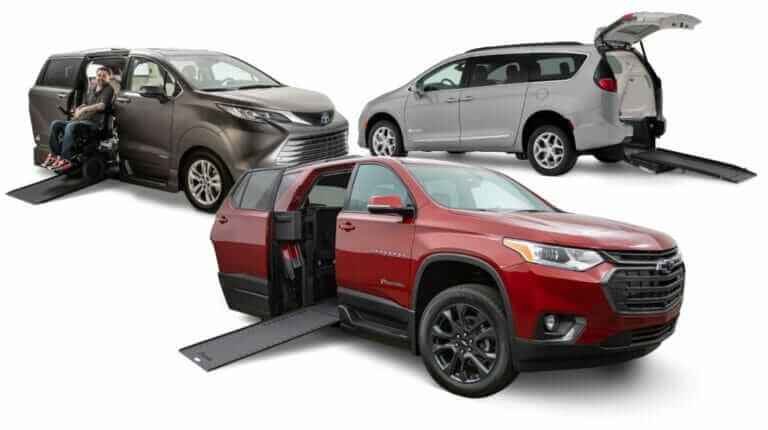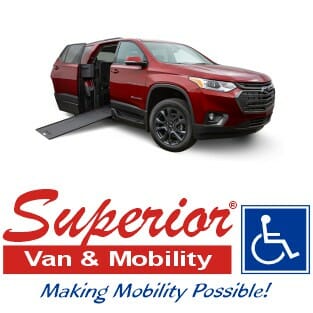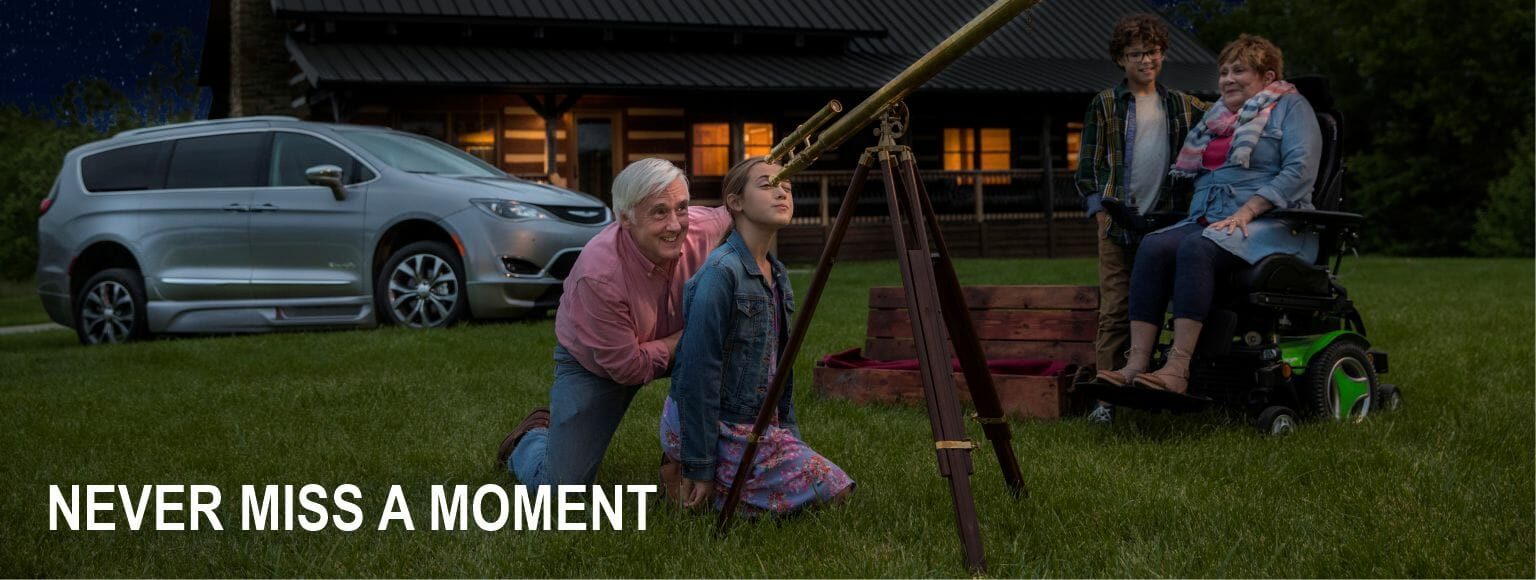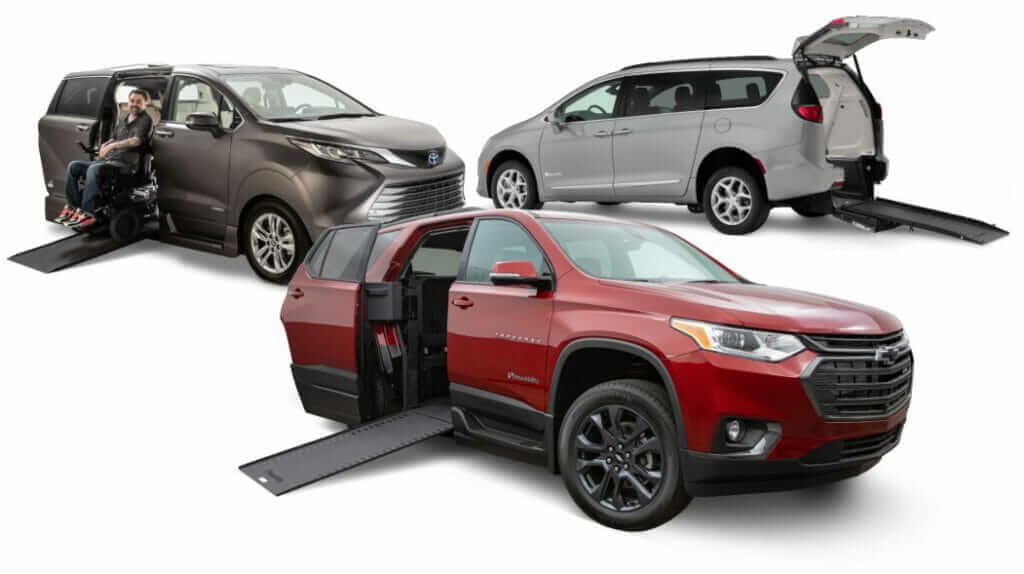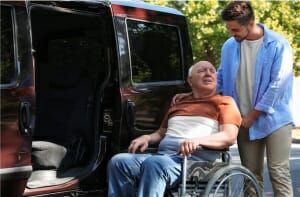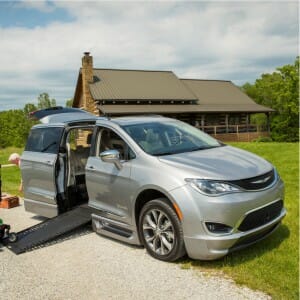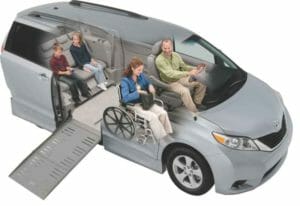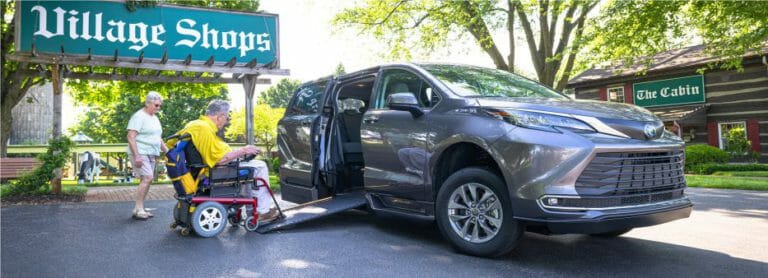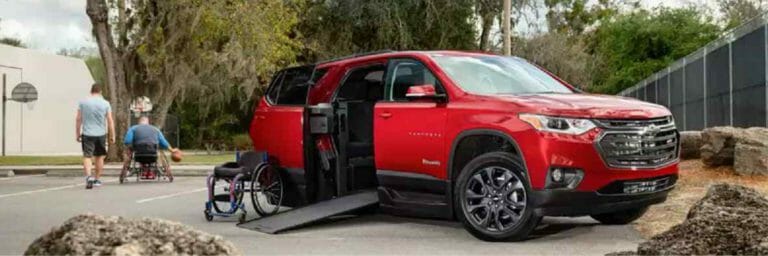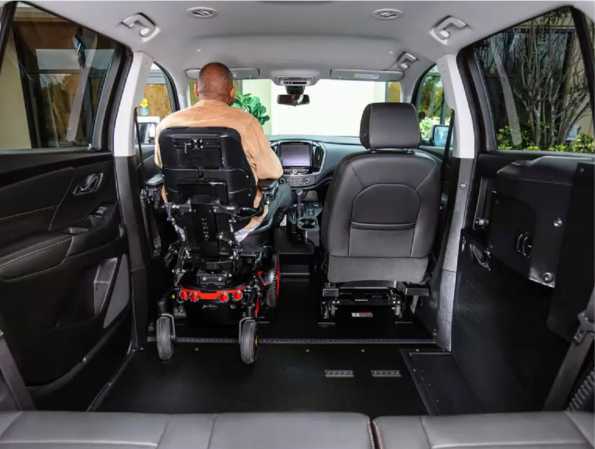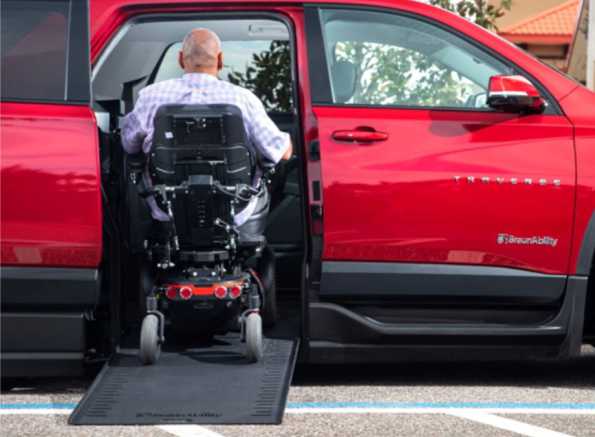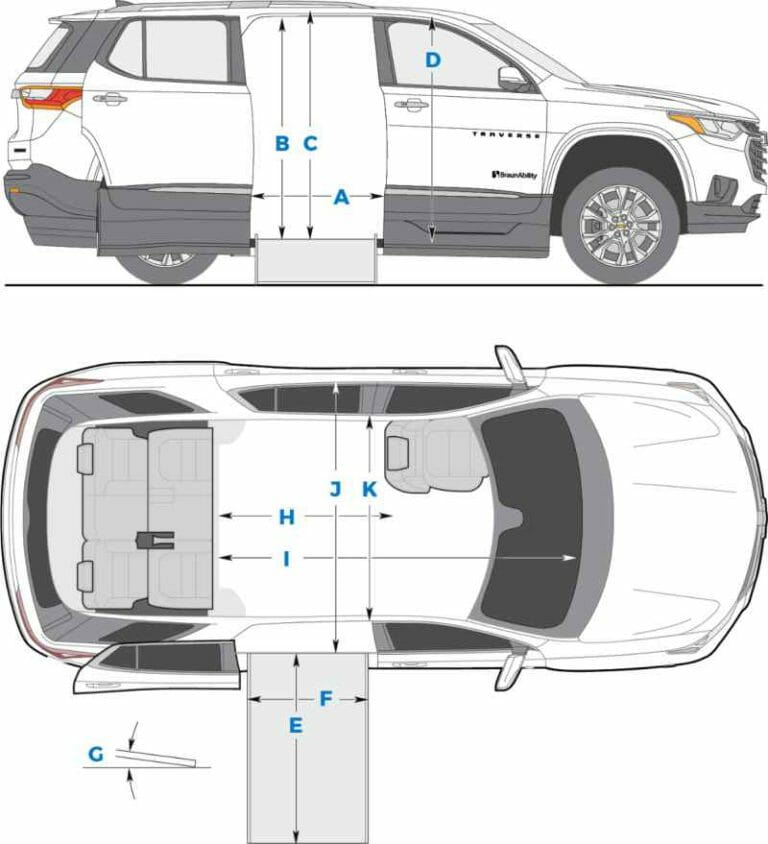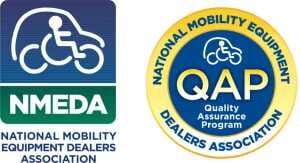Are You a First-Time Wheelchair Van Buyer? We are Here to Help!
Attention first-time wheelchair van buyers: avoid common pitfalls with our comprehensive guide! Finding the perfect mobility solution is essential; with our expert guidance, you can navigate the process confidently.
Our guide is a roadmap for first-time wheelchair van buyers. It is designed to help you understand the differences between conversion types. It will help you identify the important factors when choosing the right wheelchair-accessible conversion for your specific needs. Then, it will explore the significance of where you buy your mobility vehicle and how that decision can impact your buying experience, future service and support, and your overall owner experience.
What is a Wheelchair-Accessible Vehicle?
A wheelchair-accessible vehicle is a specially modified vehicle designed to accommodate wheelchair users. These vehicles are built with wheelchair ramps or lifts, allowing for easy entry and exit without transferring out of the wheelchair.
The interior space of the vehicle is typically reconfigured to provide ample space for the wheelchair user to navigate and to be securely positioned during transit using various types of restraints.
Wheelchair-accessible vehicles come in various forms, including but not limited to vans, trucks & SUVs, each tailored to meet different needs.
What Types of Wheelchair Conversions are Available?
Below are the three main types of wheelchair-accessible vehicle conversions. Each type is designed to address particular needs and levels of ability. Picking the correct conversion type for your specific needs is the most crucial part of the process.
Side-entry accessible conversion is the most common conversion type for consumers. It is ideal for wheelchair users who are drivers and passengers alike who prefer to enter and exit the vehicle from the side or curb.
This conversion often includes a fold-out or in-floor wheelchair ramp with an 800 to 1000-pound capacity. Wheelchair users can ride as a passenger in the mid-row, drive, or ride as a passenger in the upfront position.
There are generally two sizes available: standard size and extra tall. The sizing references how low the floor is made during the conversion process. For instance, the extra tall conversion accommodates taller seated wheelchair users. Picking the correct flooring depth is crucial to ensure a comfortable & safe line of sight.
As mentioned above, most side-entry conversions allow a wheelchair user to drive by either transferring or driving from their wheelchair. This is not possible with a rear-entry conversion.
Playlist
Rear-Entry Conversions are an excellent choice for wheelchair users traveling with a dedicated caregiver or companion. The rear-entry conversion is not designed to allow a wheelchair user to drive or ride in the front passenger position. The ramp deploys from the vehicle’s rear, allowing the wheelchair user to ride as a passenger only.
Most of these conversions feature a manually operated fold-out ramp system with an 800 to 1000-pound capacity. These conversions are beneficial when parking in standard parking spaces since they eliminate the need for extra space on the side of the van to enter and exit. This also helps eliminate the possibility of other drivers blocking access to the wheelchair ramp and impeding access.
Rear-entry wheelchair van conversions are also less costly and require less maintenance since they are generally built without costly motors and electronics.
Full-Size Van Conversions: This type of conversion is designed for those requiring more space. Full-size conversions provide ample room for wheelchair users and additional passengers. Instead of ramps, these vehicles often come with lifts and can include various luxury and comfort features not found in other vehicle types.
Full-size van conversions are a better fit for those with large wheelchairs. Generally, these types of vehicles allow users to ride as passengers only. However, there are conversion enhancements that can allow a wheelchair user to drive as well.
Each type of wheelchair-accessible vehicle conversion caters to different needs, ensuring there’s a solution for every first-time wheelchair van buyer. Understanding these options helps make an informed decision that aligns with personal mobility needs, lifestyle, and budget. When considering a mobility vehicle, consulting with a mobility consultant is your best option to ensure the best driving experience and support your independence.
Key Features You Must Look For When Shopping for a Wheelchair Van
- Ramp Width – Every wheelchair-accessible vehicle conversion type has a different ramp width. The ramp width is dictated by the chassis & ramp type. The ramp width ensures enough room for safely navigating up and down the ramp.
- Ramp Type – The two types of ramps found on a wheelchair-accessible vehicle are fold-out and in-floor. The fold-out ramp is the most common. It features 2-inch side rails, which help wheelchair users of various skills safely navigate the ramp. It is also easier to manually deploy during a power failure. The in-floor ramp has much smaller side rails and should only be a consideration for someone with good driving skills. The in-floor ramp also makes entry and exit easier for ambulatory passengers since it stows underneath the floor, leaving an unobstructed doorway when not in use.
- Door Opening Height & Width – The door height is also a crucial aspect to consider and is vital for two reasons. One, it allows a wheelchair user safe entry and exit. A user should not have to duck while entering the vehicle. Second, the door width needs to be able to accommodate the overall width of the wheelchair, including armrests and any other added features.
- Interior Height & Line-of-Sight – The conversion and chassis type dictate the overall interior height of the vehicle. The interior height ensures the wheelchair user has an appropriate line-of-sight. A taller seated wheelchair user will need a lower floor than a much shorter one. Not all chassis & conversion types are available in both sizes.
Where You Buy Does Make a Difference
We cannot stress enough the importance of doing homework before you purchase, especially if this is your first wheelchair-accessible vehicle.
We know you have options for purchasing a wheelchair-accessible vehicle. However, making the wrong choice can be costly and even dangerous to you and your loved ones. (View this video by one of our customers who bought online, sight unseen, before coming to Superior.)
Buying a handicap-accessible vehicle from an ONLINE ONLY retailer, sight unseen, is something you should reconsider. Are you willing to take a chance if your purchased vehicle fits your needs? Are you willing to take the word from someone on a computer or phone hundreds of miles away? This person, whose primary focus is hitting their sales goal and their next commission check?
STOP! Take your time and do your research.
You are much better off buying your next wheelchair van from a reputable mobility dealer. A dealer with a showroom where you can touch, feel, and test drive vehicles before purchasing. A dealer where the sales team is not paid on commission. A dealer with a local service department and 24/7 emergency service in case of a breakdown.
What is Your Peace-of-Mind Worth?
If you are still considering an online-only retailer after reading above, be sure you compare apples to apples. We say this because not all handicap van conversion manufacturers use OEM-approved parts or build using the best & safest methods.
The wheelchair van conversion industry is somewhat loosely regulated. Many handicap-accessible vehicle converters who only sell their products online do not even crash-test the products they build! But that’s not all. Many make their vehicles using substandard materials and compromise factory OEM components, like brake lines and wiring harnesses.
If you want to learn more about build quality and why it is essential, please review this video series from BraunAbility called “Straight Talk.” This video series does an outstanding job explaining and showing the different aspects of the conversion processes and the shortcuts many online-only wheelchair van converters make.
When working with a mobility dealer, either an online-only retailer or one in your community like Superior Van & Mobility, be sure they are members of the National Mobility Equipment Dealers Association (NMEDA). NMEDA is the organization to PROTECT YOU by regulating wheelchair-accessible vehicle manufacturers and the mobility dealer network.
Mobility dealers members of NMEDA must adhere to strict guidelines in selling, servicing, reconditioning, and installing adaptive equipment into any vehicle. For manufacturers that are members, it is required that they MUST crash-test their vehicles, adhere to strict manufacturing guidelines, and routinely undergo compliance reviews.
Buyer, beware: if you don’t see NMEDA certification associated with a dealer you are working with, you should look to do business elsewhere. Use the dealer locator to see if the dealer you are working with is a member.
Superior Van and Mobility is a National Mobility Equipment Dealers Association (NMEDA) member and an accredited Quality Assurance Program (QAP) dealer. We also have one of the highest customer satisfaction ratings, if not the highest. Check out our Google, TrustPilot, FEEFO, and To Your Success listings.

Richard W. Maxwell, MBA
Richard Maxwell, is a seasoned automotive marketing executive with over two decades of experience. Starting in 1999 with his advertising agency, Maxx Design & Marketing, he has consistently delivered innovative marketing solutions. After earning his MBA, Richard shifted focus to adaptive technology, serving as Marketing Manager for Superior Van & Mobility. Today, he leverages his expertise to promote and educate others about adaptive equipment in transportation and drive change in accessible mobility.


